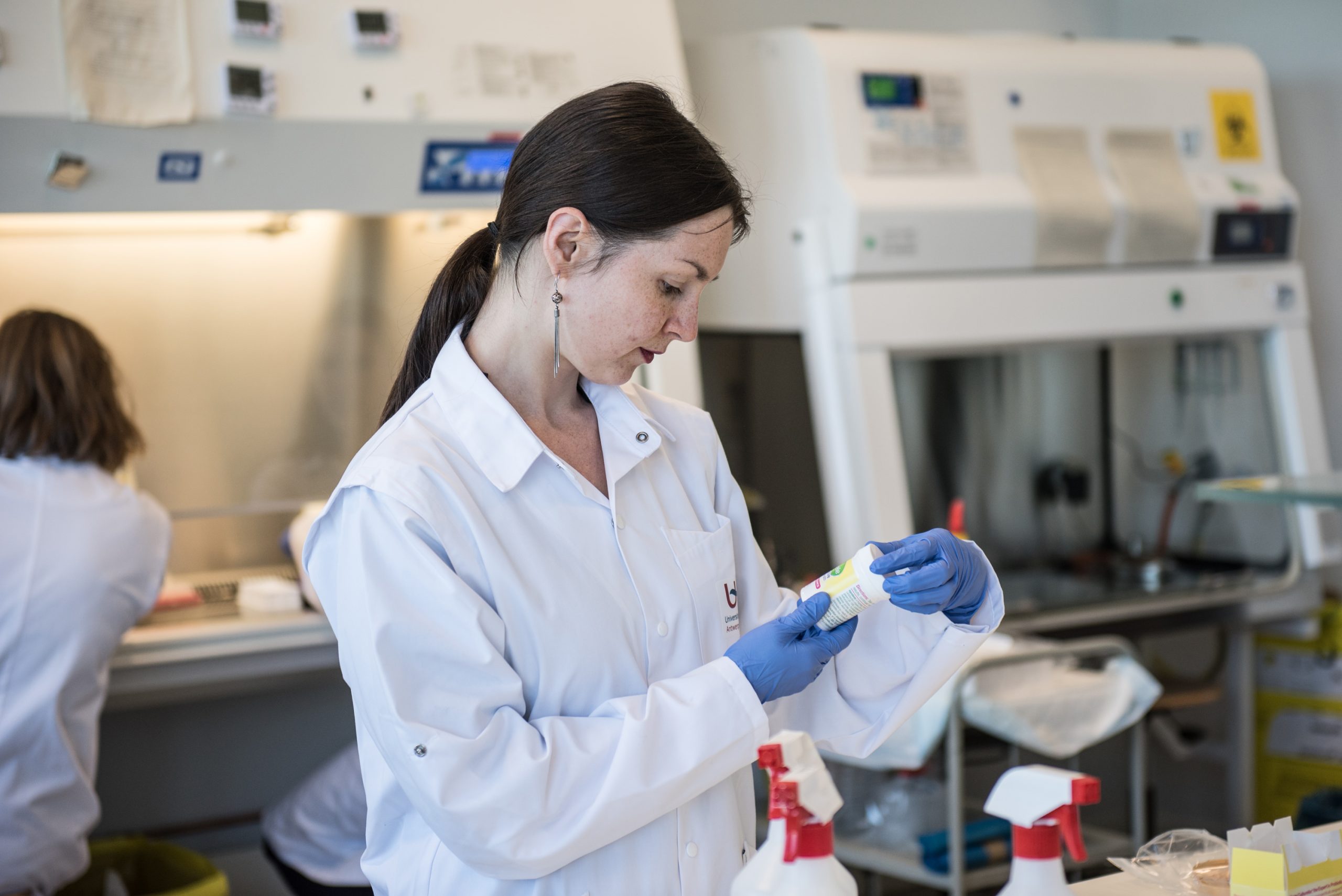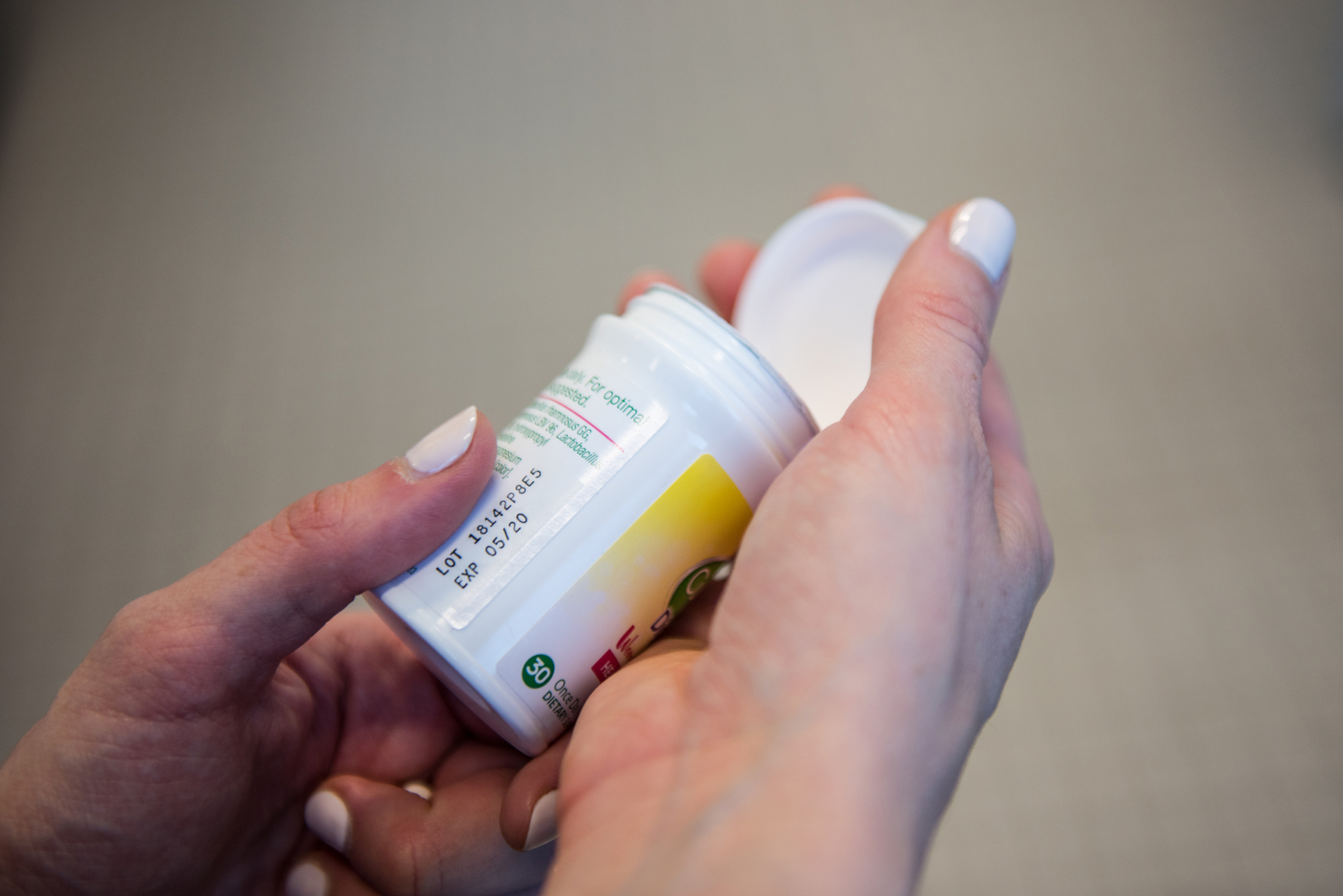1-10 of 12 results
-

Postbiotics: A global perspective on regulatory progress
By Dr. Gabriel Vinderola PhD, CONICET, National University of Litoral, Argentina While the conceptualisation of postbiotics varies among scientists, some… -

Definition of postbiotics: A panel debate in Amsterdam
By Dr. Gabriel Vinderola, PhD, Associate Professor of Microbiology at the Faculty of Chemical Engineering from the National University of… -

Current issues in probiotic quality: An update for industry
By Dr. Mary Ellen Sanders, ISAPP, Dr. Kit Goldman, USP, Dr. Amy Roe, P&G, Dr. Christina Vegge, Dr. Jean Schoeni,… -

Can dietary supplements be used safely and reliably in vulnerable populations?
By Dr. Greg Leyer, Sr. Director – Scientific Affairs, Chr. Hansen, Inc., Madison, WI and Prof. Dan Merenstein, Department of… -

A roundup of the ISAPP consensus definitions: probiotics, prebiotics, synbiotics, postbiotics and fermented foods
ISAPP has long recognized the importance of precise definitions of the ‘biotic’ family of terms. As a scientific organization working… -

Video Presentation: Behind the scenes of the consensus panel discussion on the definition of fermented foods
Numerous misunderstandings and questions exist around the concept of fermented foods. For example: If a food does not contain live… -

‘Probiotic’ on food labels in Europe: Spain adopts a pioneering initiative
By Silvia Bañares, PhD in commercial law, attorney Barcelona Bar Association, Spain; and Miguel Gueimonde, Departamento de Microbiología y Bioquímica de… -

Safety and efficacy of probiotics: Perspectives on JAMA viewpoint
By Mary Ellen Sanders PhD, executive science officer, ISAPP, and Daniel Merenstein MD, Department of Family Medicine, Georgetown University School… -

The FDA’s view on the term probiotics, part 2: Further down the rabbit hole
By James Heimbach, Ph.D., F.A.C.N., JHEIMBACH LLC, Port Royal, VA A number of weeks ago I wrote on the ISAPP… -

The FDA’s view on the term probiotics, part 1
Over the past 20 years as a food and nutrition regulatory consultant, I have filed about 40 GRAS notices with…